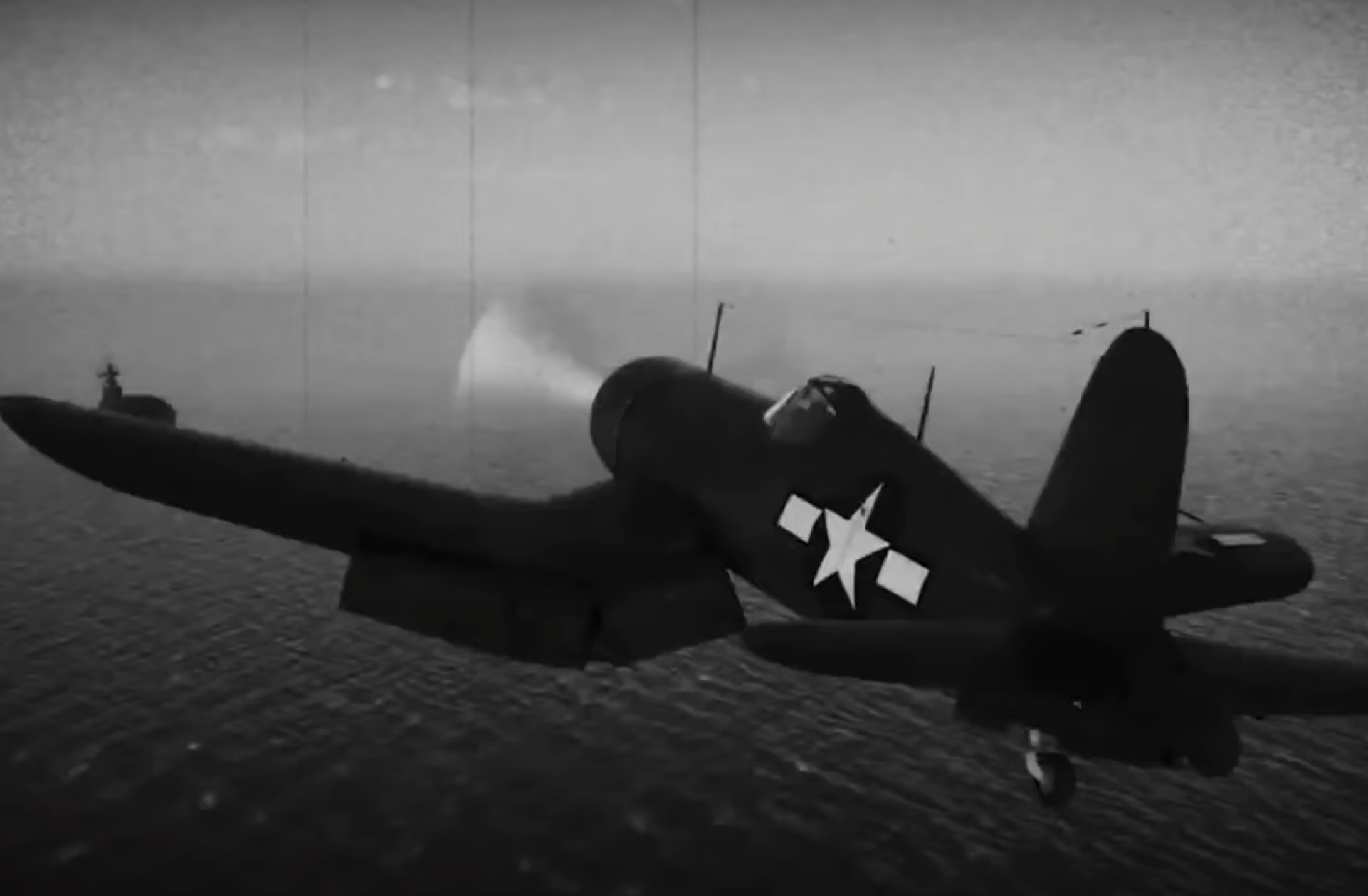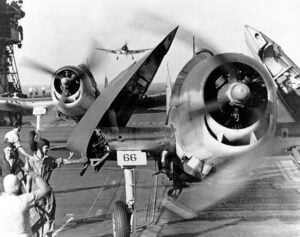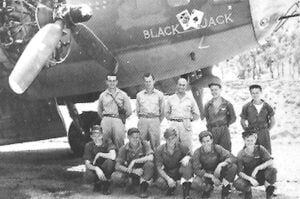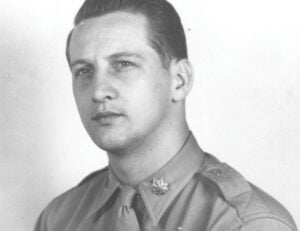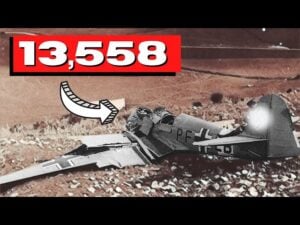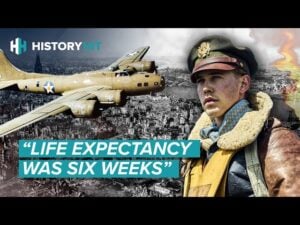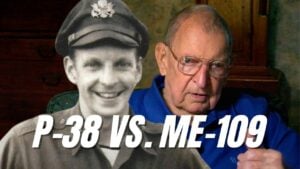The Real Story Behind the High Fatality Rate of F4U Corsair Pilots in WWII
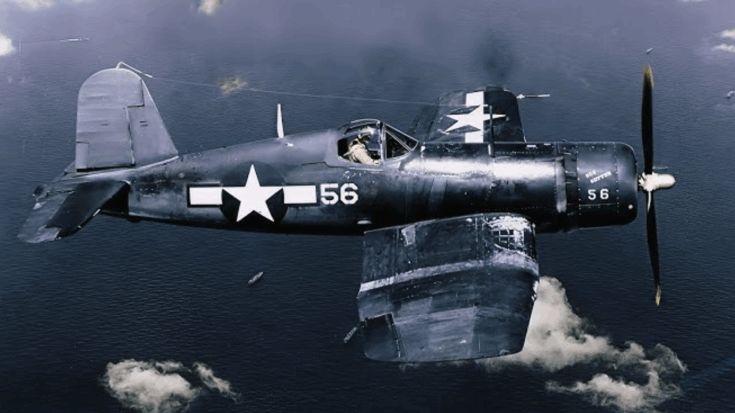
DroneScapes / YouTube
The F4U Corsair became one of the most feared Allied fighters in World War II, known for its speed, power, and firepower. But behind its combat success was a much darker truth. Over 2,000 Corsairs were lost during the war, and many of these losses were not due to enemy action. Instead, the aircraft’s design made it difficult and dangerous to fly, especially for carrier landings.
Built for Speed, Not Safety
The Corsair was designed in 1938 to give the U.S. Navy a carrier-based aircraft that could outperform its enemies. It became the fastest piston-engine fighter of the war, with a top speed of 417 mph. To reach this speed, it was built around the powerful Pratt & Whitney R-2800 engine and used a large 13-foot propeller. But the size of the propeller created problems. To fit on aircraft carriers, engineers gave the Corsair its unique bent “gull wing” design, which allowed shorter landing gear. This solved one problem but introduced others.
The shape of the Corsair made it difficult to land. The long nose and cockpit position gave poor forward visibility, making it hard for pilots to see the deck during approach. Carrier landings were already one of the hardest tasks in aviation. Pilots had to land on a short, moving deck and catch an arresting wire with a hook. In the Corsair, they had to rely completely on signals from deck crew, which led to many mistakes.
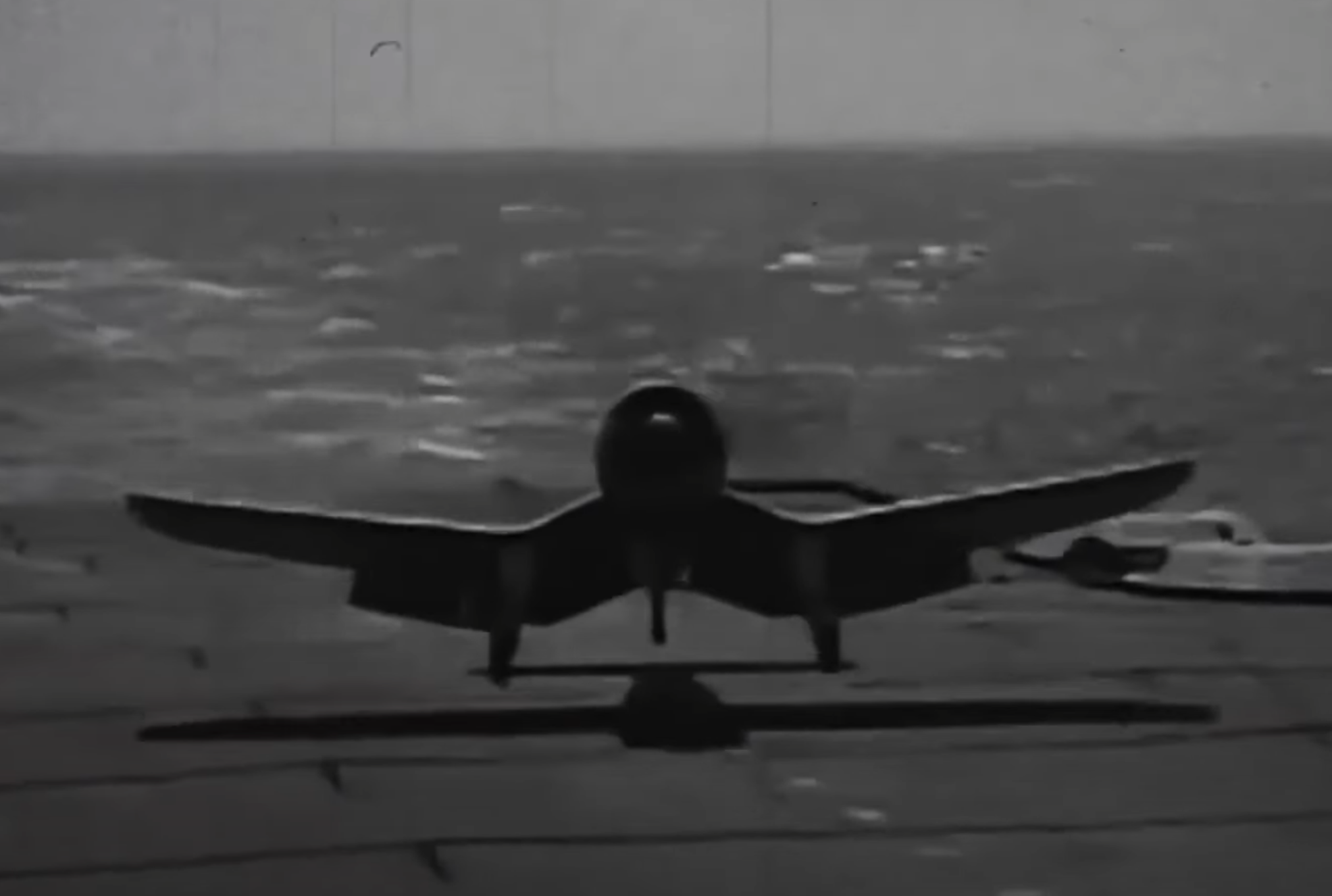
Deadly Flight Challenges
The Corsair had an uneven stall pattern, meaning one wing could lose lift before the other. This caused sudden, violent rolls that were hard to recover from, especially at low altitudes. Many young pilots died trying to land, either crashing into the sea or the deck. Its stiff landing gear made the plane bounce during touchdowns—a dangerous behavior known as “porpoising.” This sometimes damaged the propeller or caused crashes into parked aircraft.
Because of the risks, the U.S. Navy decided to remove the Corsair from carrier duty and sent it to the Marine Corps for land-based missions. Even though it could fly well in combat, the Navy considered it too dangerous to operate from ships. Meanwhile, British forces came up with a different approach.
British and Marine Corps Modifications
The British Royal Navy learned to land the Corsair using a curved approach. This let pilots keep the deck in sight during landing, reducing crashes. They also shortened the wings so the aircraft could fit on smaller carriers. These adjustments made the Corsair safer for British pilots.
The U.S. Marine Corps continued to improve the plane. They added a stall strip to one wing to make stalling more predictable and used the Corsair from island airstrips in the Pacific. Without carrier landings, the biggest danger was removed. The Corsair soon proved its value in combat.
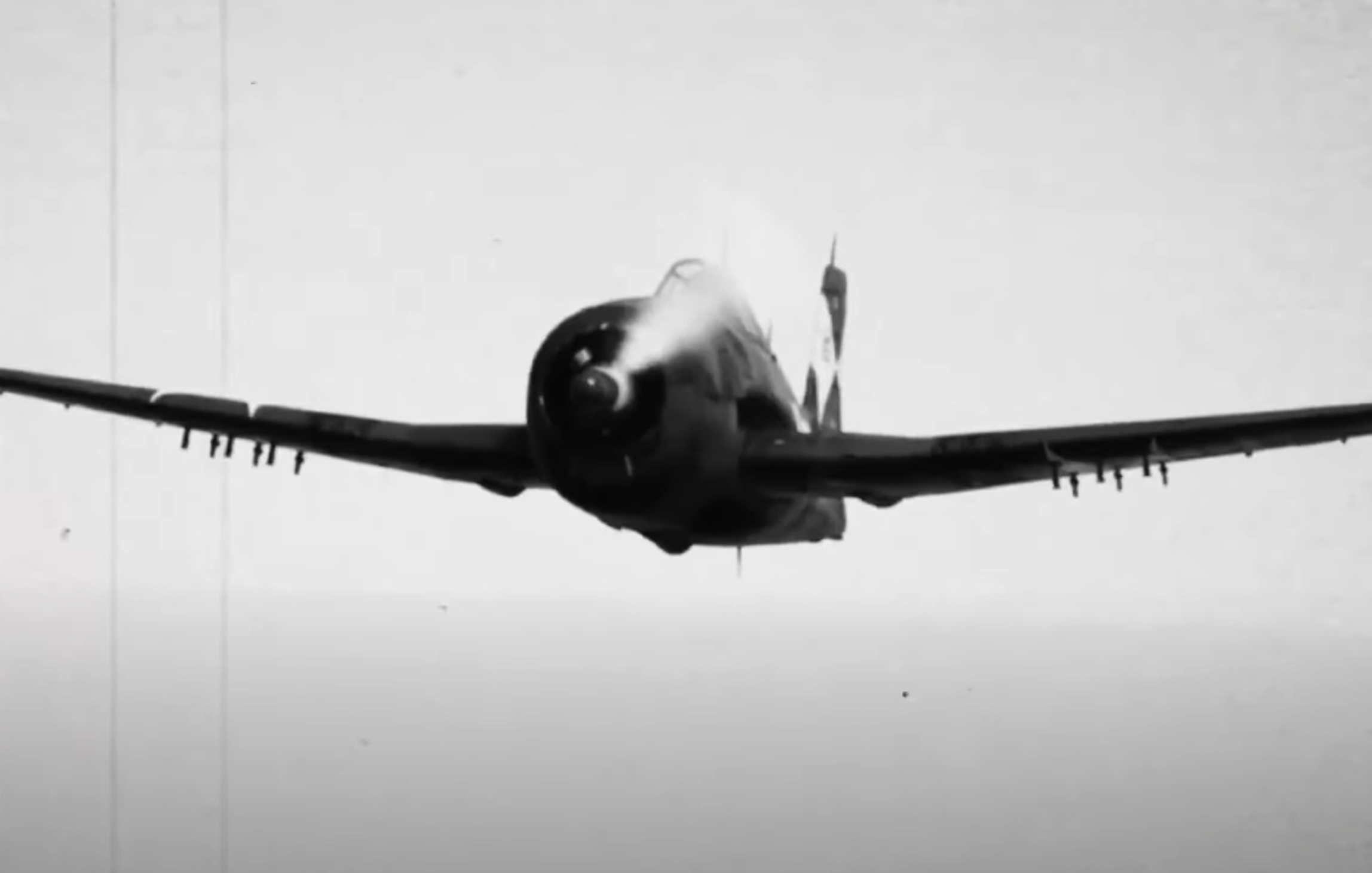
Combat Success in the Pacific
The Corsair first saw combat with the Marines over the Solomon Islands. The early missions were costly. During one of the first major engagements—later called the St. Valentine’s Day Massacre—Corsairs escorting bombers were attacked by a large group of Japanese fighters. Eight American planes were lost. But this was only the beginning.
Once pilots adapted to the aircraft, they discovered it could outrun the Japanese Zero by more than 80 mph. In a dive, the Corsair could close the distance quickly and use its six .50 caliber machine guns to deadly effect. It also carried bombs and rockets, making it useful in ground attacks.
A Symbol of Power and Risk
As the war continued, the Corsair became more versatile. It escorted bombers, attacked ships, and supported ground forces. During the Battle of Okinawa, it played a major role by hitting airfields and supply areas. The Japanese called it “Whistling Death” because of the noise it made during dives.
Even with its success, the Corsair never fully escaped its dark reputation. Many skilled pilots had died in early crashes, and its dangerous behavior in flight remained well known. By the Korean War, jet aircraft replaced it in combat, but its legacy was already secured.
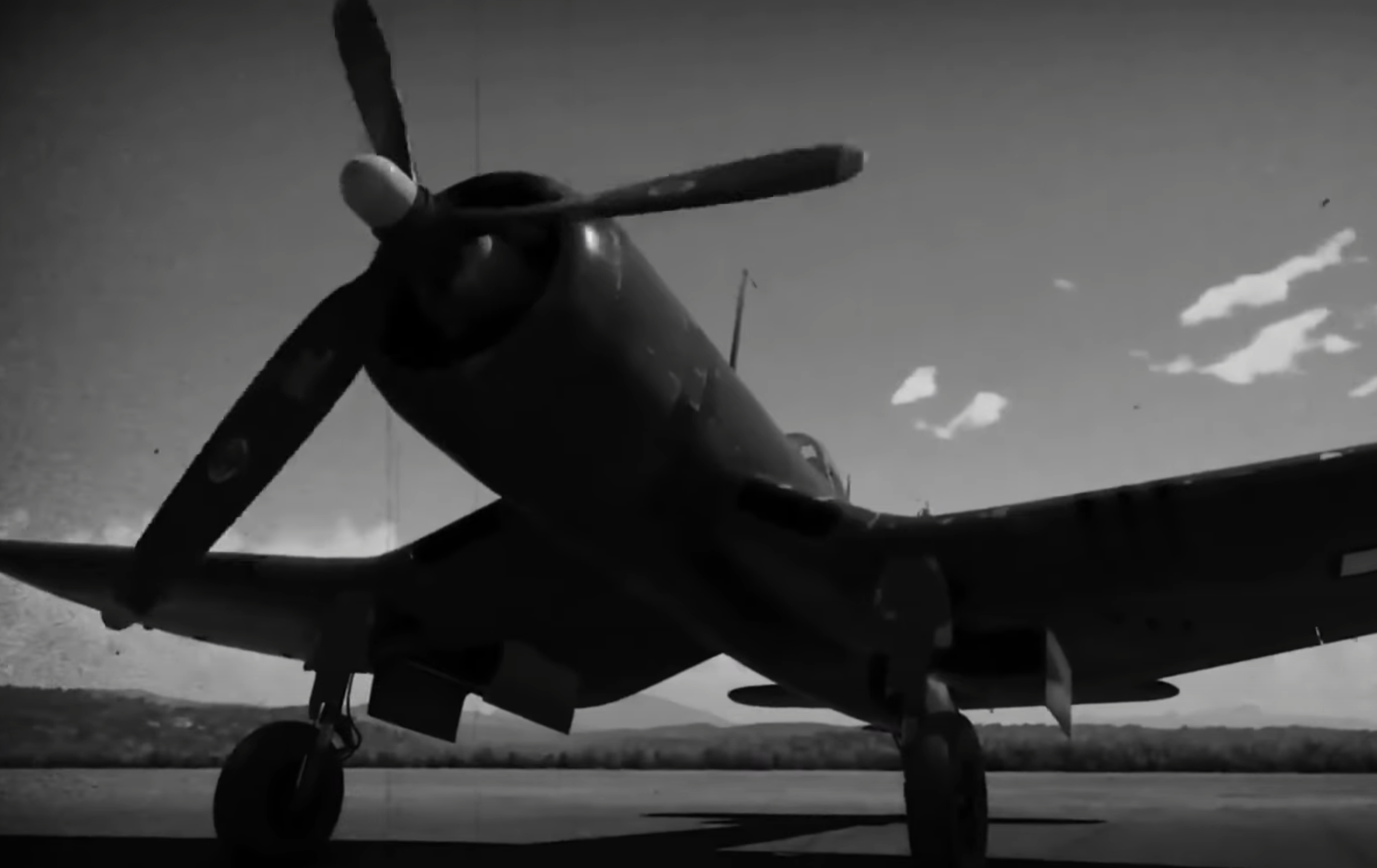
The Corsair’s Difficult Legacy
The Corsair went from being feared by its own pilots to becoming a major force in the Pacific. It was not easy to fly, and its design flaws caused many fatal accidents. Yet, when used properly and improved with time, it became one of the most effective fighters of World War II. Its story remains a reminder of the risks pilots faced and the steep price paid for technical advancement in wartime.
